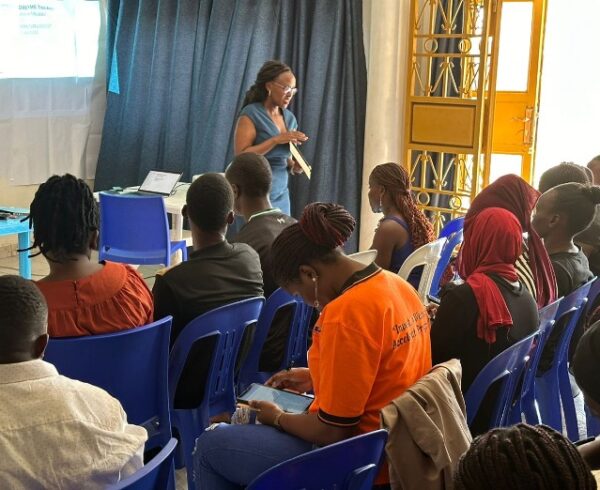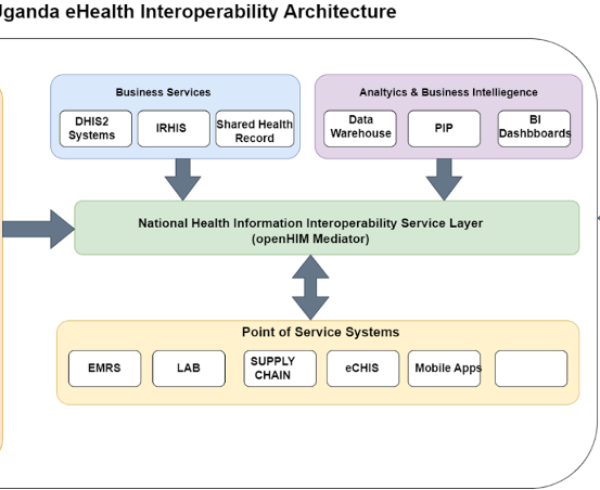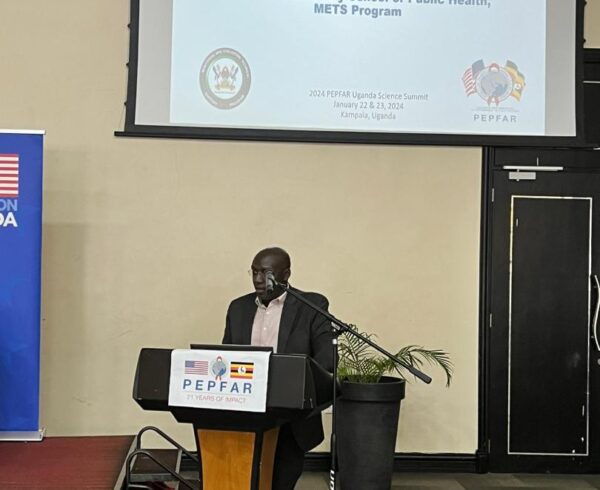HIV Case Based Surveillance implementation in Kabarole
Introduction
Case Based Surveillance (CBS) was recommended by the World Health Organisation (WHO) as early as 2006 and is currently being implemented in a few countries such as Kenya, Ethiopia, South Africa, Tanzania and Namibia. Uganda has now joined these countries by adopting CBS as a means of monitoring trends of HIV infections in the country. In Uganda, CBS is being implemented by the Makerere University School of Public Health – Monitoring and Evaluation Technical Support Program (METS) in partnership with the Ministry of Health, Kabarole and Hoima District Local Governments.
CBS as a HIV disease monitoring tool of choice
CBS allows for unique identification and characterization of persons newly diagnosed with HIV or AIDS and tracking them over time. It provides data on persons at risk to better inform and target programming. Data from individual cases provides more detailed information on the epidemiology of HIV including district-based estimates of prevalent infection, disease trends to include stage of disease at diagnosis, changes in CD4 count, time to viral suppression, proportion of cases virally suppressed, the incidence of opportunistic infections, and mortality, as well as time from diagnosis to entering care, adherence and retention.
Mode of CBS implementation
The foundation of CBS is Electronic Medical records (EMR) which allows for fast searching, deduplication and analysis of patient data. The EMR in use is OpenMRS which was upgraded by METS from version 1.6.3 to 1.11.6. The newer version has the revised HMIS data collection and reporting tools of the Ministry of Health. OpenMRS enhances efficient patient management in addition to monitoring of performance indicators that relate to key CBS sentinel events.
Implementation of CBS began with an infrastructure assessment that was done by METS together with Ministry of Health, Baylor Uganda, and the District Health teams to determine the availability of computer equipment, supporting human resource and power infrastructure that would be required to run OpenMRS at facility level.
Using findings from the assessment, METS procured computers and solar systems for facilities that did not have any source of power in Kabarole. These were installed with OpenMRS and facility staff were trained on data management including analysis.
How CBS has changed the medical landscape
Following installation/upgrade of OpenMRS, health facilities in Kabarole are now able to:
• Autogenerate reports needed for Ministry of Health reporting. These reports include monthly, quarterly and annual reports. This has improved timeliness, correctness and completeness of reporting into DHIS2 by Kabarole District.
• Minimise the loss to follow up of patients through tracking appointment keeping at facilities level. This is through auto-generation of the list of missed appointments to guide follow up through phone calls and home visits at community level hence fostering retention in care (2nd part of the 90-90-90 targets).
• Track Viral Load Monitoring through auto-generation of clients who achieve and maintain Viral Load suppression (3rd part of the 90-90-90 targets)
• Track progression of disease from the time of diagnosis through the continuum of care
• Deduplication of clients who seek services at different health facilities within the same district.
• Link mother and baby pairs to ensure retention in care.
As an intermediate outcome, CBS has improved budgeting and resource allocation for HIV and AIDS based on correct data since duplication of clients has been eliminated. With enhanced analysis, CBS has also improved use of data for decision making. It is currently a pilot by METS in the two districts of Kabarole and Hoima; hopefully it can be scaled up to other districts as a best practice.






